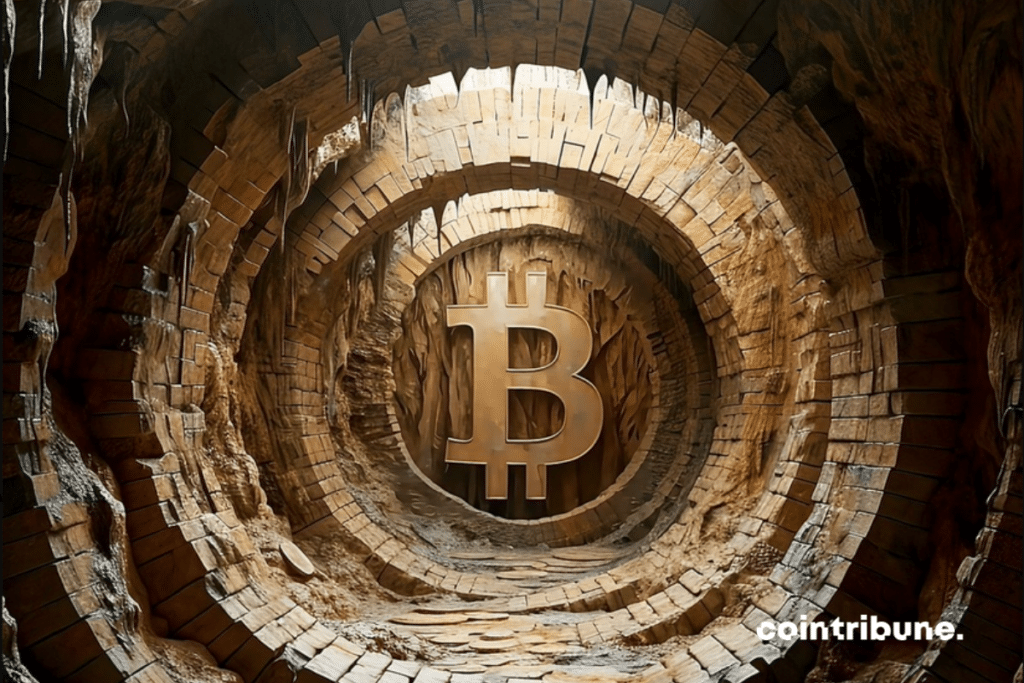— Nicolas Teterel #FixTheFilters (@NTeterel) January 9, 2024
A
A
How many bitcoins did miners earn in 2023?
Sat 13 Jan 2024 ▪
4
min read ▪ by
▪
Here are some statistics on the Bitcoin harvesting done by miners in 2023. Ordinals and other inscriptions rounded off the end of the months.

Bitcoin Blocks of 2023
In 2023, Bitcoin added 53,999 blocks weighing a combined 210 billion vbytes (virtual bytes).
Put another way, the blockchain size increased by 20.6%, growing from 446 GB to 537 GB.
These blocks facilitated 153,415,993 transactions, and earned 23,431 BTC in transaction fees.
“With the growth of ordinals and other inscriptions, an increasing portion of blocks has been consumed by NFTs and other tokens,” notes @Mononaut
According to Mononaut’s analysis:
-JPEG enthusiasts paid 557 bitcoins in transaction fees.
-Speculators paid 6,542 bitcoins to create tokens (on-chain shitcoins).
-Together, they spent over 1,000 bitcoins on fees to trade their assets.
Put another way, inscriptions accounted for 2.2% of the total revenue earned by miners and pools (360,924 bitcoins).
Here is the thread by @Mononaut where you can find numerous charts and additional information:
The DDoS Attack of the Inscriptions
2023 will be marked by the emergence of “inscriptions”, widely criticized by the majority due to the increase in transaction fees they cause. No consensus has yet emerged on how we should/could purge them from the blockchain.
Indeed, while inscriptions are not new, they are now clearly being used to orchestrate a large-scale DDoS attack.
Bitcoin Magazine and a few schemers like Udi and Eric Wall (TaprootWizards) are leading the charge. They are financially aided by companies like StarkWare (a company focused on Ethereum…) and Geometry, Collider Ventures, UTXO management, and Newman Capital.
The modus operandi is quite simple. It consists of filling the Bitcoin blockchain with data meant to represent tokens or NFTs. In short, hot air that the cunning sell to each other until naive people bite the bait.
All with the complicity of exchanges like Binance, which readily list these scams. For example, the BRC-20 token “Ordi”. This leads to three problems:
-Premature growth of the blockchain size, which is bad for decentralization. The reason being that more money has to be spent on disk space and RAM to run a node.
-Surge in transaction fees. Knowing that the ones who pay for them are ultimately the naive who buy these inscriptions and who will end up losing all their money, like with NFTs.
-Assimilation of Bitcoin with all the crypto scams that have proliferated since the creation of Bitcoin.
Let’s conclude with the Bitcoin reserves that publicly traded miners managed to set aside at the end of November:
-Marathon: 14,025
-Riot: 7,258
-Cleanspark: 2,575
-HIVE: 1,627
-BitFarms: 760
-BitDigital: 642
-Ciphermining: 558
-DMG: 429
-Argo: 21
-Sato: 43
-Bitdeer: 0
-Core Scientific: 0
-Iris Energy: 0
-Terawulf: 0
One thing is certain for 2024, miners will harvest half as many bitcoins starting from the halving scheduled for late May.
Maximize your Cointribune experience with our "Read to Earn" program! For every article you read, earn points and access exclusive rewards. Sign up now and start earning benefits.
A
A
Bitcoin, geopolitical, economic and energy journalist.
DISCLAIMER
The views, thoughts, and opinions expressed in this article belong solely to the author, and should not be taken as investment advice. Do your own research before taking any investment decisions.